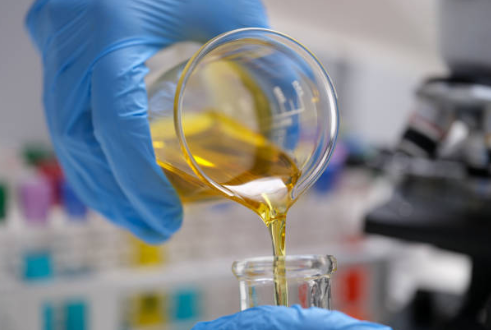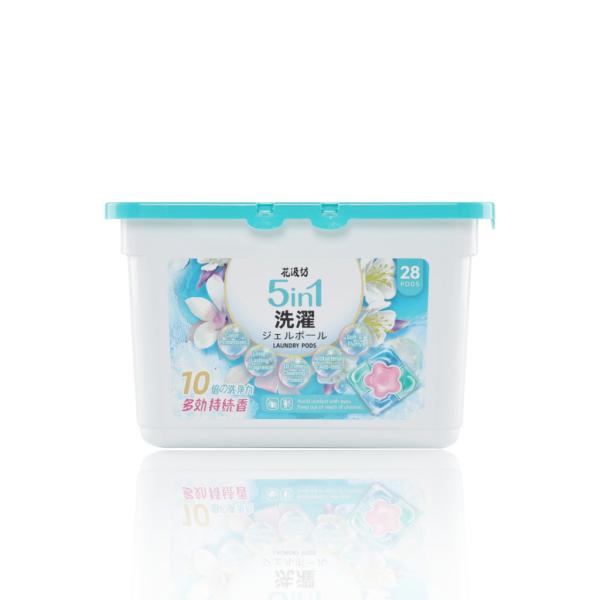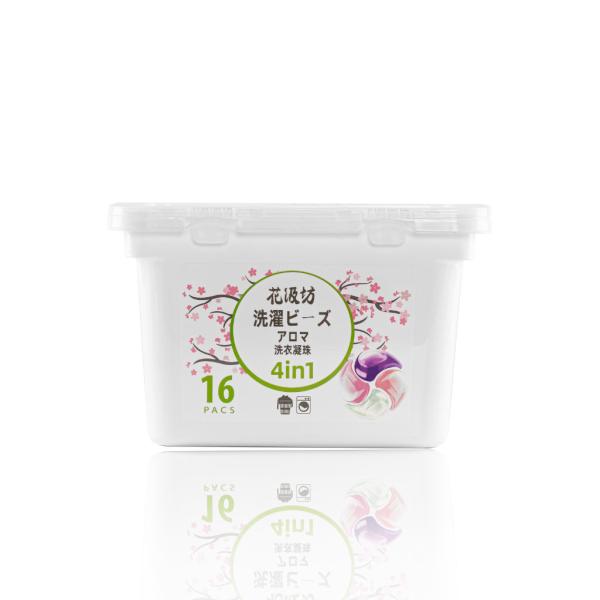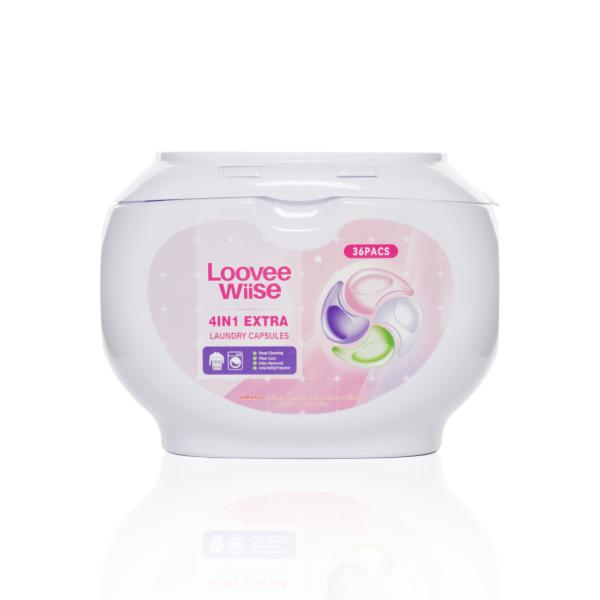Enzyme Preparations

Have you noticed terms like "enzymatic," "bio enzymes," or "deep stain removal" when choosing laundry detergent? These all point to a key ingredient – enzyme preparations. They are not simple synthetic chemicals but biological catalysts produced by microorganisms in nature. With their high efficiency, mild action, and environmental benefits, they have revolutionized the way we wash clothes.
I. What are the Core Benefits of Enzyme Preparations for Laundry?
While traditional detergents rely on the chemical action of surfactants to remove dirt, enzyme preparations are like a team of "micro-cleaners" with special skills, targeting and breaking down stains precisely. Their core benefits include:
High-Efficiency Stain Removal, Especially Stubborn Organic Stains: Enzymes catalyze the breakdown of large molecular stains (like proteins, starch, fats) into smaller, water-soluble molecules, allowing them to be easily washed away. This is difficult for ordinary detergents to achieve.
Low-Temperature Washing, Saving Energy and Protecting the Environment: Enzymes are most active at low temperatures (typically 30°C-40°C). Using enzymatic detergents allows for excellent cleaning results without hot water or high-temperature cycles, significantly saving energy and reducing carbon emissions.
Protecting Clothing Color and Fibers: Compared to harsh chemical bleaches strong alkalis or oxidants, the action of enzymes is much gentler. They target stains without excessively damaging the fibers of fabrics like cotton, linen, silk, or wool, effectively preventing clothes from fading, graying, or hardening.
Eliminating Odors: Stains like sweat, milk, and food residues are not only dirt but also breeding grounds for odor-causing bacteria. Proteases and lipases break down these bacteria's "food source" at the root, eliminating odors at the source and leaving clothes with a natural fresh smell.
II. Efficacy of Different Types of Enzymes (Written as a paragraph)
Laundry detergents utilize a team of specialized enzymes, each targeting specific stains. Proteases act as the core, effectively breaking down protein-based stains like blood, milk, grass, and sweat. Lipases are the oil and grease busters, tackling stains from cooking oil, butter, lipstick, and sebum. Starchases focus on carbohydrate stains from pasta, rice, baby food, and chocolate. Beyond cleaning, cellulases serve as fabric care experts; they don't remove stains directly but work on cotton and linen by removing micro-pilling, which helps revitalize colors, soften fabrics, restore fluffiness to towels, and prevent pilling. For particularly stubborn sticky residues found in ice cream, jam, or gum, mannanases target specific gums like guar or locust bean gum. Modern laundry liquids often combine these enzymes to create a powerful synergistic effect, efficiently tackling complex stains that contain multiple components.

III. What Kind of Enzymatic Detergents Should Different User Groups Choose?
Understanding the types of enzymes allows us to make smarter choices based on our lifestyles and needs.
Infants and Those with Sensitive Skin
"Baby-specific" biological enzyme detergents: These are typically mild, pH-neutral or slightly acidic, and free from irritants like brighteners, fragrances, and dyes.
Key Ingredients: Look for products containing protease (for milk, drool, food stains) and lipase (for fats in milk and sebum).
Note: Enzymes themselves are proteins; those with specific protein allergies should be cautious, though most baby enzymatic detergents are allergy-tested.
Core Needs: Gentle, non-irritating, thorough cleaning of milk and sweat stains, no residue.
Recommended Choice:
Sports Enthusiasts and Those Who Sweat Heavily
Detergents with potent protease and lipase: Sweat primarily consists of proteins, salts, and lipids—exactly what these enzymes target.
Consider products with cellulase: Helps remove embedded body odors from fibers and restores color and softness to sportswear.
Pre-treatment: Pre-treat areas like collars and underarms with detergent before washing for best results.
Core Needs: Powerful removal of sweat stains, yellowing, grease, and body odor.
Recommended Choice:
Those Focused on Fabric Care and Luxury Items
Detergents or care products specifically containing cellulase: This is key for fabric care. It helps prevent clothes from looking old after repeated washing, keeps dark colors bright, and maintains towel fluffiness.
For delicate fabrics like wool and silk: Use dedicated wool/silk detergents. These may contain mild proteases but avoid strong cellulase (which can damage protein fibers); their formulas focus on protection.
Core Needs: Color protection, anti-aging, anti-pilling, maintaining fabric softness.
Recommended Choice:

General Household Cleaning
Multi-enzyme or comprehensive enzymatic detergents: Check the label for products containing protease, lipase, amylase, and even mannanase to handle any surprise stains effectively.
Core Needs: All-round, efficient cleaning for various daily stains (food, grease, fruit stains).
Recommended Choice:
Low-temperature suitability: Choose products labeled "effective in cold water" or "works in low temperatures" to ensure enzyme activity is high, saving energy and protecting clothes.
Precautions for Using Enzymatic Laundry Products
Pre-treatment: Pre-treat stubborn stains with a small amount of undiluted detergent and let it sit for 10-15 minutes to greatly improve removal.
Water Temperature: Avoid using very hot water (>60°C / 140°F) to mix or wash, as it will denature (deactivate) the enzymes, rendering them useless. Lukewarm or cool water (30°C-40°C / 85°F-105°F) is ideal.
Not Compatible with Certain Products: Avoid simultaneous use with chlorine bleach (e.g., bleach containing sodium hypochlorite), as chlorine destroys enzymes. If disinfection is needed, use oxygen-based bleach (e.g., sodium percarbonate), which is compatible with enzymes.
Storage: Store in a cool, dry place, away from excessive heat or direct sunlight.

 English
English 日本語
日本語 Español
Español Русский
Русский عربي
عربي Português
Português Italiano
Italiano Français
Français 한국인
한국인 Indonesia
Indonesia






